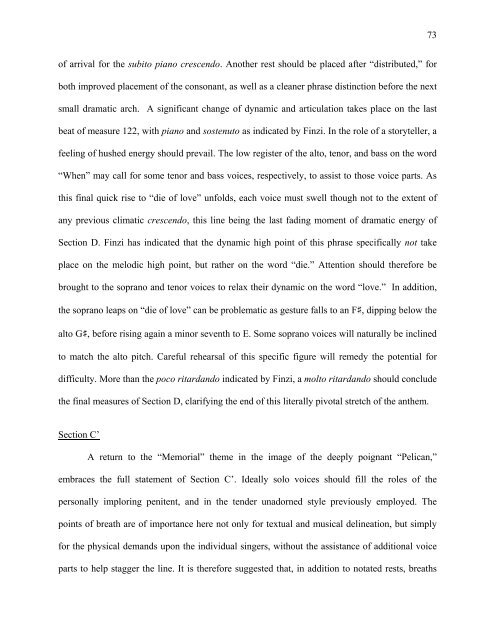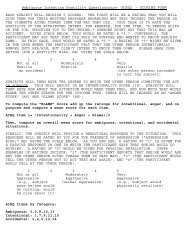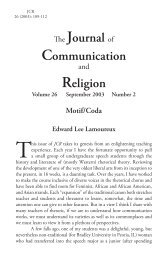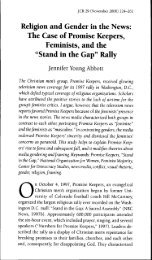"History, Analysis and Performance Considerations of Gerald Finzi's ...
"History, Analysis and Performance Considerations of Gerald Finzi's ...
"History, Analysis and Performance Considerations of Gerald Finzi's ...
You also want an ePaper? Increase the reach of your titles
YUMPU automatically turns print PDFs into web optimized ePapers that Google loves.
73<strong>of</strong> arrival for the subito piano crescendo. Another rest should be placed after “distributed,” forboth improved placement <strong>of</strong> the consonant, as well as a cleaner phrase distinction before the nextsmall dramatic arch. A significant change <strong>of</strong> dynamic <strong>and</strong> articulation takes place on the lastbeat <strong>of</strong> measure 122, with piano <strong>and</strong> sostenuto as indicated by Finzi. In the role <strong>of</strong> a storyteller, afeeling <strong>of</strong> hushed energy should prevail. The low register <strong>of</strong> the alto, tenor, <strong>and</strong> bass on the word“When” may call for some tenor <strong>and</strong> bass voices, respectively, to assist to those voice parts. Asthis final quick rise to “die <strong>of</strong> love” unfolds, each voice must swell though not to the extent <strong>of</strong>any previous climatic crescendo, this line being the last fading moment <strong>of</strong> dramatic energy <strong>of</strong>Section D. Finzi has indicated that the dynamic high point <strong>of</strong> this phrase specifically not takeplace on the melodic high point, but rather on the word “die.” Attention should therefore bebrought to the soprano <strong>and</strong> tenor voices to relax their dynamic on the word “love.” In addition,the soprano leaps on “die <strong>of</strong> love” can be problematic as gesture falls to an F♯, dipping below thealto G♯, before rising again a minor seventh to E. Some soprano voices will naturally be inclinedto match the alto pitch. Careful rehearsal <strong>of</strong> this specific figure will remedy the potential fordifficulty. More than the poco ritard<strong>and</strong>o indicated by Finzi, a molto ritard<strong>and</strong>o should concludethe final measures <strong>of</strong> Section D, clarifying the end <strong>of</strong> this literally pivotal stretch <strong>of</strong> the anthem.Section C’A return to the “Memorial” theme in the image <strong>of</strong> the deeply poignant “Pelican,”embraces the full statement <strong>of</strong> Section C’. Ideally solo voices should fill the roles <strong>of</strong> thepersonally imploring penitent, <strong>and</strong> in the tender unadorned style previously employed. Thepoints <strong>of</strong> breath are <strong>of</strong> importance here not only for textual <strong>and</strong> musical delineation, but simplyfor the physical dem<strong>and</strong>s upon the individual singers, without the assistance <strong>of</strong> additional voiceparts to help stagger the line. It is therefore suggested that, in addition to notated rests, breaths








